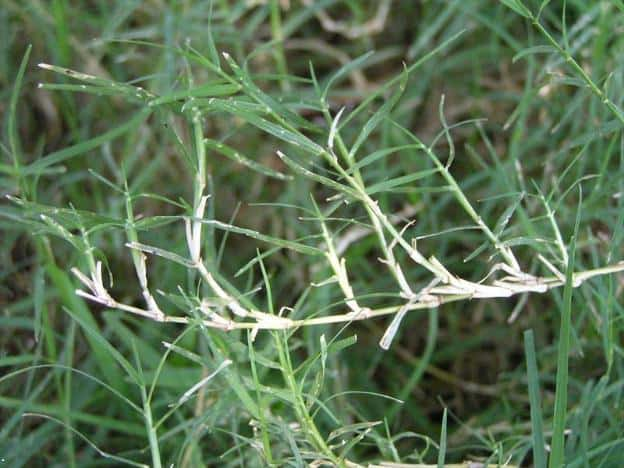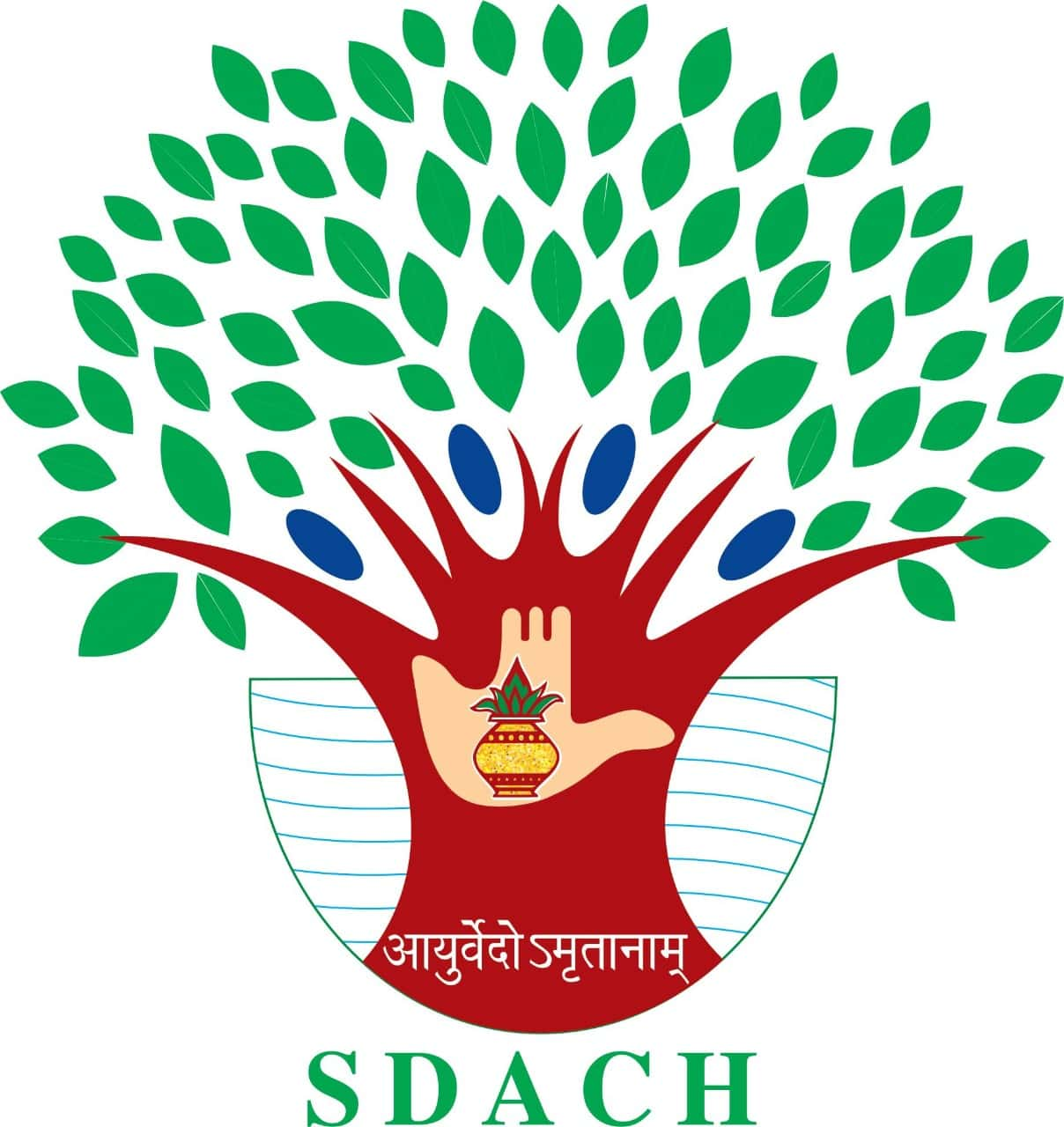
Botanical Name : Cynodon dactylon Pers.
Family : Gramineae; Poaceae
Identification No.: SDACH/HG/035
Introduction :
Latin name: Cynodon = cyno = kyno = dog; dactylon = fingered. English name: Conch grass.
Scientific classification: Grasses make up the family Poaceae (formerly Gramineae). Citronella is distilled from grasses of the genusCymbopogon. Kentucky bluegrass is classified as Poa pratensis. Bent grasses are classified in the genus Agrostis. Fescue grasses are classified in the genus Festuca. Bermuda grass is classified as Cynodon dactylon.Zoysia grasses are classified in the genus Zoysia. Buffalo grass is classified as Buchloë dactyloïdes, carpet grass as Axonopus affinis,redtop as Agrostis gigantea, and annual bluegrass as Poa annua
Names in different Indian languages :
English : Bermuda Grass,Bahama Grass,Couch Grass,dhub grass
Hindi : Dub,durb
Kannada : Garika hallu,kudigarike
Malayalam : Karuka ,karukappullu
Sanskrit : Duurvaa
Tamil : Arukampillu,muyalpul
Telugu : Garicagaddi,gerike
Synonyms :
Duurvaa,niladuurvaa Bhaargavi, Shatvalli, Shatparvaa, Tiktaparvaa, Shatviryaa, Sahastravirya, Shitaa, Anantaa, Golomi.
Morphology :
There are three varieties
(1) white (described above) – this is used in medicine
(2) Blue- this spreads over a large area and is also called as ananta, sahasraveerya, lata etc. and
(3) Ganda durva (gandiri) – this grows near the edges of small ponds.
Distribution & Habitat :
Throughout India
Chemical constituents :
ferulic, syringic, p-coumaric, vanillic, p-hydroxybenzoic, O-hydroxyphenyl acetic acids, tricin
Properties :
Guna: laghu;
Rasa: madhur. kashaya, tikta;
Vipaka: madhur;
Virya: sheeta.
Dosha: tridoshashamak, especially kaphapittashamak
Karma : Vishaghna, kustaghna, kantughna, rakta prasadana, varnya
astringent, diuretic,antidiarrhoeal, anticatarrhal, antiseptic
Indication :
Vrana, kusta, visha, visarpa, raktarujam, daham, mutrakrichra
epitaxis, haematuria, inflammed tumours, whitlows, cuts, wounds, bleeding piles, cystitis, nephritis, scabies , skin diseases, menorrhagia,
Part used :
Whole plant
Dosage :
Leaf juice 10-15 ml
Powder 2-4 g
Decoction 50-100 ml
Amayika Prayoga (Therapeutic Uses)
Internal uses :
It acts as an astringent, wound heater and reduces burning in cuts and wounds. Its juice or paste is used.
It is also useful in conjunctivitis, burning sensation, diseases of the head caused by pitta, erysipelas. urticaria, pigment disorders and skin diseases. Internal uses: As it has a positive effect on the central nervous system, it is useful in epilepsy, schizophrenia and painful conditions. Since it is an astringent, it is useful in diarrhoea, vomiting, dysentery, haemoptysis, menorrhagia, syphilis, vaginal disorders, abortion etc. It acts as a hemostatic, uterine tonic and nourishes the foetus. It is an antidote to various poisons. All the parts of the plant are used in medicines.
Important Yogas or Formulations :
Durvadi taila and gritha
IUCN Status-Not Evaluated (NE)
Research Updates
Recent studies have highlighted Durva’s potential in various therapeutic areas:
1. Antidiabetic Activity: Research indicates that Durva exhibits significant hypoglycemic effects, making it beneficial in managing diabetes.
2. Wound Healing Properties: Studies have demonstrated that topical application of Durva juice accelerates wound healing due to its antimicrobial and anti-inflammatory properties.
3. Antioxidant Effects: Durva contains potent antioxidants that help in reducing oxidative stress, contributing to its therapeutic efficacy in chronic diseases.







